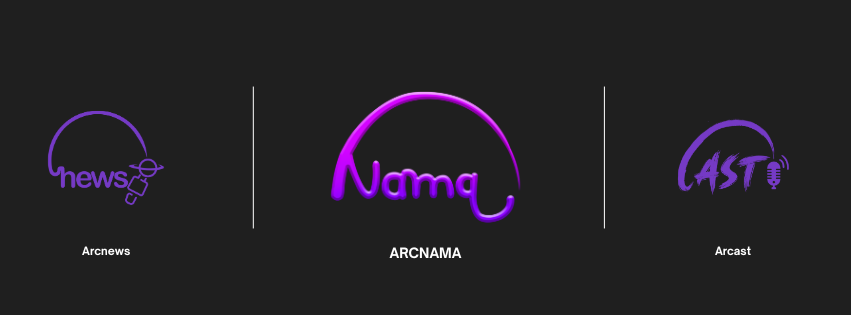India, a nation with a rich cultural tapestry and a burgeoning economy, continues to grapple with the challenge of ensuring universal literacy for its vast population. While significant progress has been made in recent decades, various barriers continue to hinder the realization of this fundamental human right, reflecting a complex interplay of social, economic, and infrastructural factors.
Lack of Awareness and Accessibility
One of the foremost hurdles in achieving higher literacy rates in India is the lack of awareness, particularly in rural and marginalized communities. Many individuals, especially in remote areas, remain unaware of the importance of education and the long-term benefits it can offer. Additionally, the absence of accessible educational facilities further exacerbates this issue, as families may have limited or no access to schools, and children are often unable to pursue their studies due to the unavailability of nearby educational institutions.
Quality of Education and Infrastructure
Furthermore, the quality of education and the overall state of infrastructure in many schools across the country remain significant concerns. Dilapidated buildings, inadequate teaching resources, and a shortage of qualified educators impact the learning experience, leading to disengagement and high dropout rates among students. These challenges particularly affect underprivileged communities, perpetuating a cycle of poverty and limited opportunities for social and economic advancement.
Contradiction of Social Barriers
In addition to these systemic issues, deep-seated social barriers also contribute to the contradiction in India’s literacy landscape. Gender disparities, caste-based discrimination, and economic disparities present formidable obstacles to educational access and inclusivity. These multifaceted challenges must be addressed holistically to unravel the intricate web of barriers that prevent millions of Indians from accessing education and unlocking their full potential.
Nurturing a Path Forward
Despite these complex challenges, India has also seen remarkable initiatives and progress in advancing literacy and education. The implementation of innovative programs, technological interventions, and community-driven initiatives underscores the commitment to surmounting these barriers. Furthermore, a growing emphasis on vocational training and skill development aims to foster holistic empowerment and create pathways for individuals to enhance their livelihoods.
As India navigates the intricate terrain of literacy, it is evident that a collective and sustained effort is essential to overcome the existing barriers. By fostering a culture of inclusivity, investing in infrastructure, promoting awareness, and addressing social inequities, the nation can pave the way for a future where education is truly universal and transformative for all its citizens.


